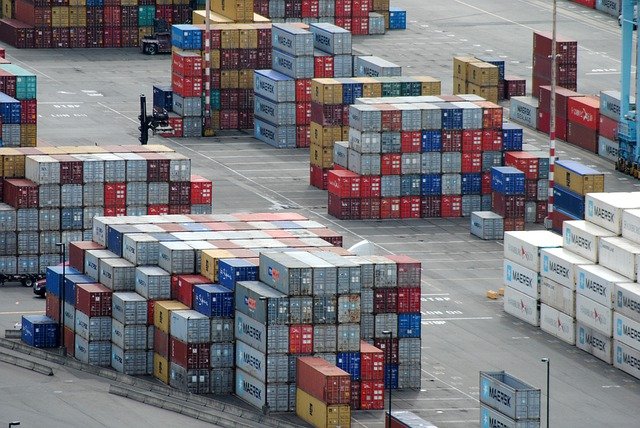
-
1Q 2022 profits in container industry drive up freight rates
-
Yet the direction of travel appears to be moving downwards, showing signs of a market turn, according to Transport Intelligence
-
Yang Ming saw operating profits soared by 148% year-on-year, while HMM saw a 100% rise in net profits for the first quarter of 2022
-
Hapag-Lloyd, on the other hand, reported doubled revenues and EBITDA (Earnings Before Interest, Depreciation and Amortization) leapt by US$3.397 billion to US$5.307 billion
-
Profit increases drove freight rates upward due to congestion brought by imbalance between consumer demand in the U.S. and in much of the rest of the world
First quarter 2022 profit increases in the container shipping industry drove up freight rates, yet the direction of travel appears to be moving downwards, showing signs of a slowdown in the container shipping market, according to Transport Intelligence (TI).
The market research company cited remarkable business results from Yang Ming, HMM, and Hapag-Lloyd for the first quarter of 2022. Yang Ming saw operating profits soar by 148% year-on-year, while HMM saw a 100% rise in net profits for the first quarter of 2022.
Hapag-Lloyd, on the other hand, reported doubled revenues and EBITDA (Earnings Before Interest, Depreciation and Amortization) leapt by US$3.397 billion to US$5.307 billion. EBIT (Earnings Before Interest and Taxes) margin was 53% up from 31% in the same period last year. The TI report cited the 83.9% rise in freight rate as key to the company’s profit increase.
The report further said profit increases drove freight rates upward due to congestion brought by imbalance between consumer demand in the U.S. and in much of the rest of the world. Another factor is the impact of COVID policies on both production and logistics in Shanghai.
“The state of the imbalance here is equivocal. Certainly, spending by individuals in the U.S. is not collapsing. Inflation may be high, with price increases of gasoline having the largest impact, but employment levels are also high.
“(In Shanghai,) the impact of COVID policies on both production and logistics has been getting increasingly severe over the past couple of weeks despite the situation becoming less severe.
“The possibility is that a sudden burst of activity could send a wave of containers into major western terminal complexes. On the other hand, if production out of China remains suppressed it could drive down production elsewhere in the world,” noted the TI report.




